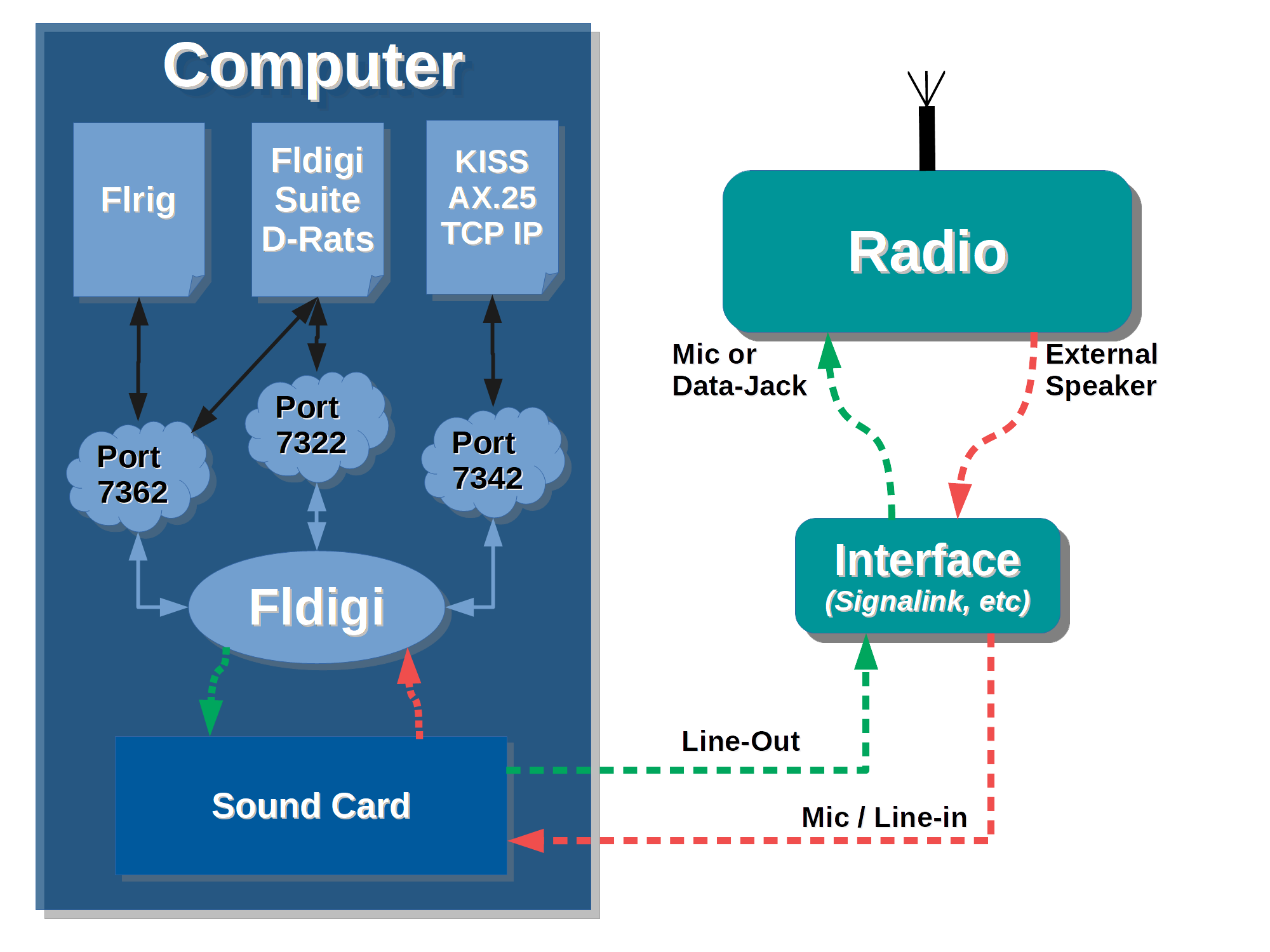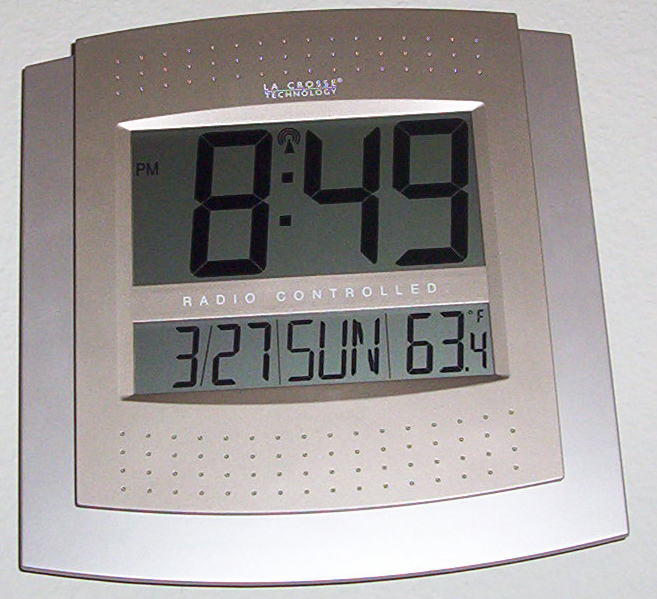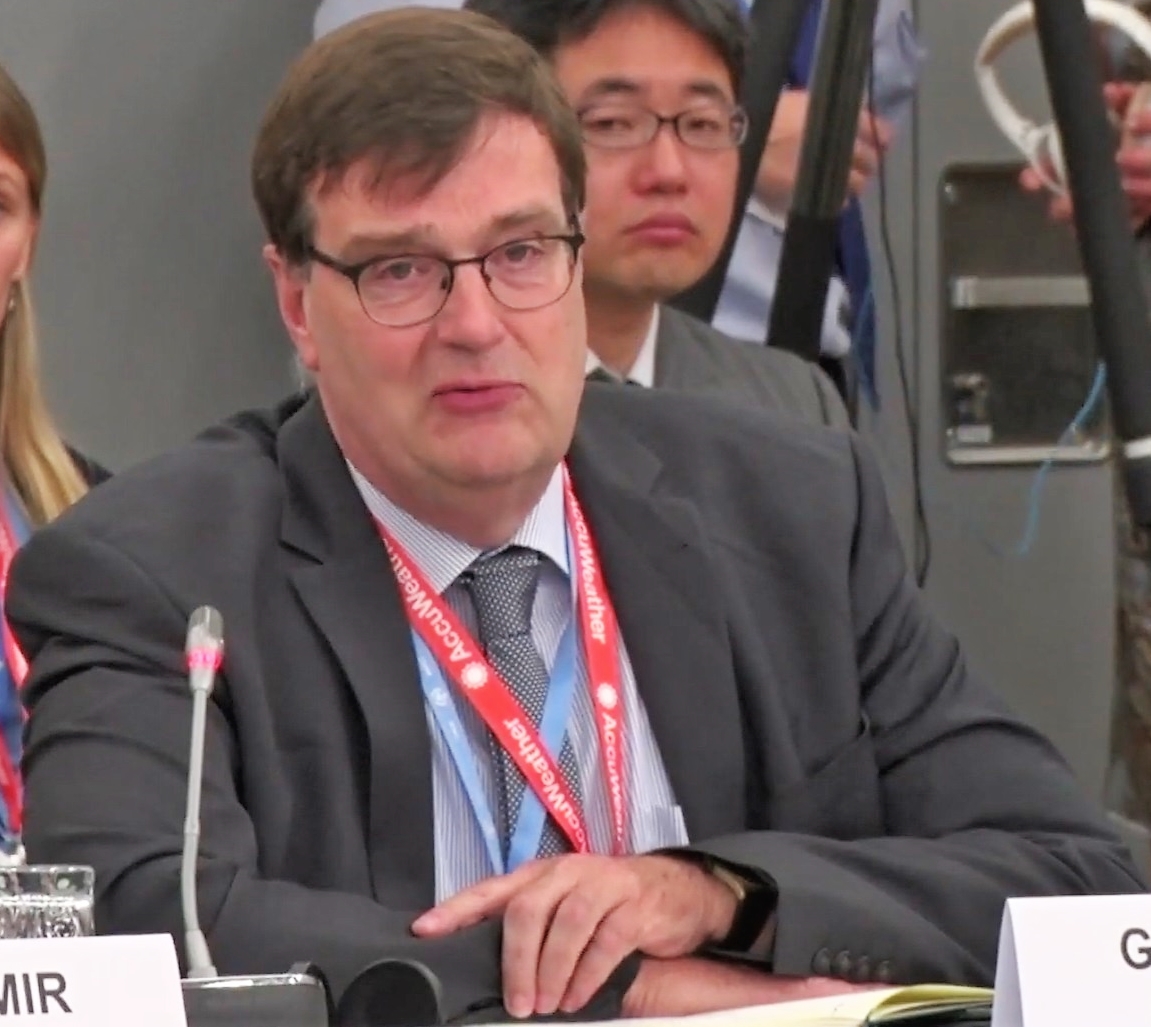|
SYNOP
SYNOP (surface synoptic observations) is a numerical code (called FM-12 by WMO) used for reporting weather observations made by staffed and automated weather stations. SYNOP reports are typically sent every six hours by Deutscher Wetterdienst on shortwave and low frequency using RTTY. A report consists of groups of numbers (and slashes where data is not available) describing general weather information, such as the temperature, barometric pressure and visibility at a weather station. It can be decoded by open-source software such as seaTTY, metaf2xml or Fldigi. SYNOP information is collected by more than 7600 staffed and unstaffed meteorological stations and more than 2500 mobile stations around the world and is used for weather forecasting and climatic statistics. The format of the original messages is abbreviated, some items are coded. Message format Following is the general structure of a SYNOP message. The message consists of a sequence of numeric ''groups'', which may als ... [...More Info...] [...Related Items...] OR: [Wikipedia] [Google] [Baidu] |
Fldigi
Fldigi (short for Fast light digital) is a free and open-source program which allows an ordinary computer's sound card to be used as a simple two-way data modem. The software is mostly used by amateur radio operators who connect the microphone and headphone connections of an amateur radio SSB or FM transceiver to the computer's headphone and microphone connections, respectively. This interconnection creates a "sound card defined radio" whose available bandwidth is limited by the sound card's sample rate and the external radio's bandwidth. Such communications are normally done on the shortwave amateur radio bands in modes such as PSK31, MFSK, RTTY, Olivia, and CW (Morse code). Increasingly, the software is also being used for data on VHF and UHF frequencies using faster modes such as 8-PSK. Using this software, it is possible for amateur radio operators to communicate worldwide while using only a few watts of RF power. Fldigi software is also used for amateur radio eme ... [...More Info...] [...Related Items...] OR: [Wikipedia] [Google] [Baidu] |
Weather Forecasting
Weather forecasting or weather prediction is the application of science and technology forecasting, to predict the conditions of the Earth's atmosphere, atmosphere for a given location and time. People have attempted to predict the weather informally for thousands of years and formally since the 19th century. Weather forecasts are made by collecting quantitative data about the current state of the atmosphere, land, and ocean and using meteorology to project how the atmosphere will change at a given place. Once calculated manually based mainly upon changes in atmospheric pressure, barometric pressure, current weather conditions, and sky conditions or cloud cover, weather forecasting now relies on numerical weather prediction, computer-based models that take many atmospheric factors into account. Human input is still required to pick the best possible model to base the forecast upon, which involves pattern recognition skills, teleconnections, knowledge of model performance, and kn ... [...More Info...] [...Related Items...] OR: [Wikipedia] [Google] [Baidu] |
BUFR
The Binary Universal Form for the Representation of meteorological data (BUFR) is a binary data format maintained by the World Meteorological Organization (WMO). The latest version is BUFR Edition 4. BUFR Edition 3 is also considered current for operational use. BUFR was created in 1988 with the goal of replacing the WMO's dozens of character-based, position-driven meteorological codes, such as SYNOP (surface observations), TEMP (upper air soundings) and CLIMAT (monthly climatological data). BUFR was designed to be portable, compact, and universal. Any kind of data can be represented, along with its specific spatial/temporal context and any other associated metadata Metadata (or metainformation) is "data that provides information about other data", but not the content of the data itself, such as the text of a message or the image itself. There are many distinct types of metadata, including: * Descriptive .... In the WMO terminology, BUFR belongs to the category of ''table-driv ... [...More Info...] [...Related Items...] OR: [Wikipedia] [Google] [Baidu] |
CLIMAT
CLIMAT is a code for reporting monthly climatological data assembled at land-based meteorological surface observation sites to data centres. CLIMAT-coded messages contain information on several meteorological variables that are important to monitor characteristics, changes, and variability of climate. Usually these messages are sent and exchanged via the Global Telecommunication System (GTS) of the World Meteorological Organisation (WMO). Modifications of the CLIMAT code are the CLIMAT SHIP and CLIMAT TEMP / CLIMAT TEMP SHIP codes which serve to report monthly climatological data assembled at ocean-based meteorological surface observation sites and at land-/ocean-based meteorological upper-air observation sites, respectively. The monthly values included usually are obtained by averaging observational values of one or several daily observations over the respective month.World Meteorological Organization, 1995. ''Manual on Codes − International Codes − Volume I.1''. (WMO No. 306), G ... [...More Info...] [...Related Items...] OR: [Wikipedia] [Google] [Baidu] |
METAR
METAR is a format for reporting weather information. A METAR weather report is predominantly used by aircraft pilots, and by meteorologists, who use aggregated METAR information to assist in weather forecasting. Raw METAR is highly standardized through the International Civil Aviation Organization (ICAO), which enables it to be understood throughout most of the world. Report names In its publication the '' Aeronautical Information Manual'' (''AIM''), the United States Federal Aviation Administration (FAA) describes the report as ''aviation routine weather report'', while the international authority for the code form, the World Meteorological Organization (WMO), describes it as the ''aerodrome routine meteorological report.'' The National Oceanic and Atmospheric Administration (part of the United States Department of Commerce) and the United Kingdom's Met Office both employ the definition used by the FAA. METAR is also known as ''Meteorological Terminal Aviation Routine Weathe ... [...More Info...] [...Related Items...] OR: [Wikipedia] [Google] [Baidu] |
Low Frequency
Low frequency (LF) is the ITU designation for radio frequencies (RF) in the range of 30–300 kHz. Since its wavelengths range from 10–1 km, respectively, it is also known as the kilometre band or kilometre waves. LF radio waves exhibit low signal attenuation, making them suitable for long-distance communications. In Europe and areas of Northern Africa and Asia, part of the LF spectrum is used for AM broadcasting as the "longwave" band. In the western hemisphere, its main use is for aircraft beacons, navigation (LORAN, mostly defunct), information, and weather systems. A number of time signal broadcasts also use this band. The main mode of transmission used in this band is ground waves, in which LF radio waves travel just above the Earth's surface, following the terrain. LF ground waves can travel over hills, and can travel far beyond the horizon, up to several hundred kilometers from the transmitter. Propagation Because of their long wavelength, low frequen ... [...More Info...] [...Related Items...] OR: [Wikipedia] [Google] [Baidu] |
World Meteorological Organization
The World Meteorological Organization (WMO) is a List of specialized agencies of the United Nations, specialized agency of the United Nations responsible for promoting international cooperation on atmospheric science, climatology, hydrology and geophysics. The WMO originated from the International Meteorological Organization (IMO), a nongovernmental organization founded in 1873 as a forum for exchanging weather data and research. Proposals to reform the status and structure of the IMO culminated in the World Meteorological Convention of 1947, which formally established the World Meteorological Organization. The Convention entered into force on 23 March 1950, and the following year the WMO began operations as an intergovernmental organization within the UN system. The WMO is made up of 193 countries and territories, and facilitates the "free and unrestricted" exchange of data, information, and research between the respective meteorological and hydrological institutions of its m ... [...More Info...] [...Related Items...] OR: [Wikipedia] [Google] [Baidu] |
Okta
In meteorology, an okta is a scale of measurement used to describe the amount of cloud cover at any given location such as a weather station. Sky conditions are estimated in terms of how many eighths of the sky are covered in cloud, ranging from 0 oktas (completely clear sky) through to 8 oktas (completely overcast). In addition, in the SYNOP code there is an extra cloud cover indicator '9' indicating that the sky is totally obscured (i.e. hidden from view), usually due to dense fog or heavy snow. When used in weather charts, okta measurements are shown by means of graphic symbols (rather than numerals) contained within weather circles, to which are attached further symbols indicating other measured data such as wind speed and wind direction. Although relatively straightforward to measure (visually, for instance, by using a mirror), oktas only estimate cloud cover in terms of the area of the sky covered by clouds. They do not account for cloud type or thickness, and this lim ... [...More Info...] [...Related Items...] OR: [Wikipedia] [Google] [Baidu] |
Code
In communications and information processing, code is a system of rules to convert information—such as a letter, word, sound, image, or gesture—into another form, sometimes shortened or secret, for communication through a communication channel or storage in a storage medium. An early example is an invention of language, which enabled a person, through speech, to communicate what they thought, saw, heard, or felt to others. But speech limits the range of communication to the distance a voice can carry and limits the audience to those present when the speech is uttered. The invention of writing, which converted spoken language into visual symbols, extended the range of communication across space and time. The process of encoding converts information from a source into symbols for communication or storage. Decoding is the reverse process, converting code symbols back into a form that the recipient understands, such as English, Spanish, etc. One reason for coding is ... [...More Info...] [...Related Items...] OR: [Wikipedia] [Google] [Baidu] |
Hectopascal
The pascal (symbol: Pa) is the unit of pressure in the International System of Units (SI). It is also used to quantify internal pressure, stress, Young's modulus, and ultimate tensile strength. The unit, named after Blaise Pascal, is an SI coherent derived unit defined as one newton per square metre (N/m2). It is also equivalent to 10 barye (10 Ba) in the CGS system. Common multiple units of the pascal are the hectopascal (1 hPa = 100 Pa), which is equal to one millibar, and the kilopascal (1 kPa = 1000 Pa), which is equal to one centibar. The unit of measurement called '' standard atmosphere (atm)'' is defined as . Meteorological observations typically report atmospheric pressure in hectopascals per the recommendation of the World Meteorological Organization, thus a standard atmosphere (atm) or typical sea-level air pressure is about 1013 hPa. Reports in the United States typically use inches of mercury or millibars (hectopascals). In Canada, th ... [...More Info...] [...Related Items...] OR: [Wikipedia] [Google] [Baidu] |
College Of DuPage
College of DuPage is a Public college, public community colleges in the United States, community college with its main campus in Glen Ellyn, Illinois. The college also owns and operates satellite campuses in Addison, Illinois, Addison, Carol Stream, Illinois, Carol Stream, Naperville, Illinois, Naperville and Westmont, Illinois, Westmont. With more than 20,000 students, the College of DuPage, the college serves students residing in Illinois' Community College District 502. History College of DuPage was established after the Illinois General Assembly adopted the Public Community College Act of 1965 and the approval of DuPage high school district voters in a referendum. The college opened on September 25, 1967, under the leadership of the college's president, Rodney K. Berg, and Board of Trustees Chairman George L. Seaton. At the time, classes were held in office trailers and leased suburban sites throughout the newly established Community College District 502. Due to the colleg ... [...More Info...] [...Related Items...] OR: [Wikipedia] [Google] [Baidu] |
Short Wave Radio
Shortwave radio is radio transmission using radio frequencies in the shortwave bands (SW). There is no official definition of the band range, but it always includes all of the High frequency, high frequency band (HF), which extends from 3 to 30 MHz (approximately 100 to 10 metres in wavelength). It lies between the Medium frequency, medium frequency band (MF) and the bottom of the Very high frequency, VHF band. Radio waves in the shortwave band can be reflected or refracted from a layer of electrically charged atoms in the atmosphere called the ionosphere. Therefore, short waves directed at an angle into the sky can be reflected back to Earth at great distances, beyond the horizon. This is called skywave or "skip" radio propagation, propagation. Thus shortwave radio can be used for communication over very long distances, in contrast to radio waves of higher frequency, which travel in straight lines (line-of-sight propagation) and are generally limited by the visual horizon, ... [...More Info...] [...Related Items...] OR: [Wikipedia] [Google] [Baidu] |






